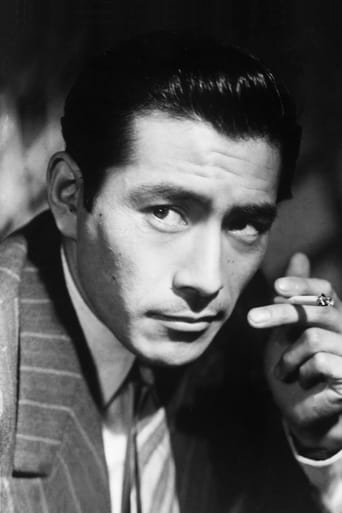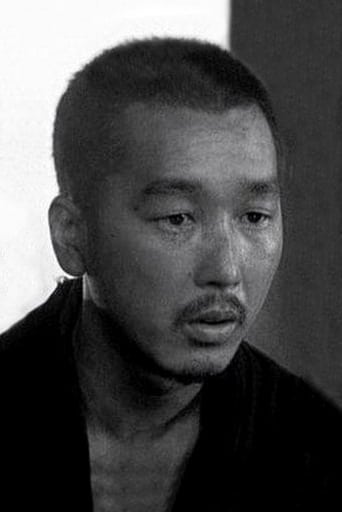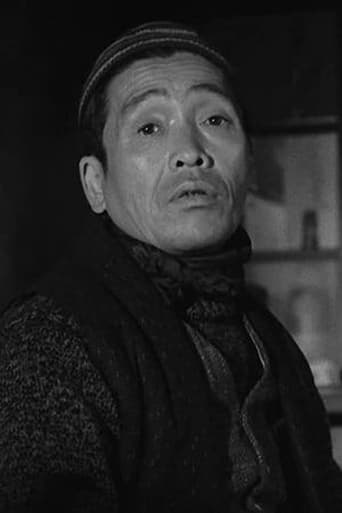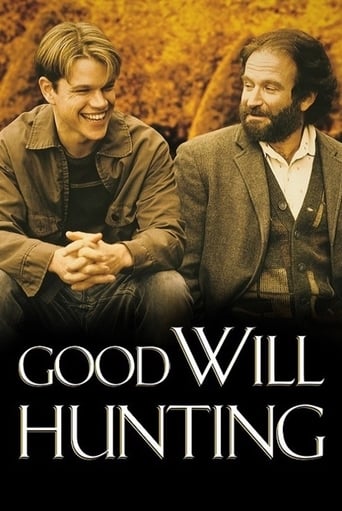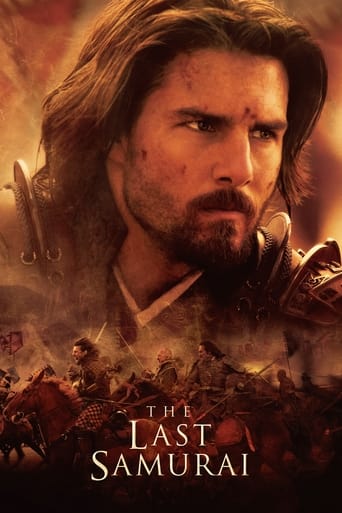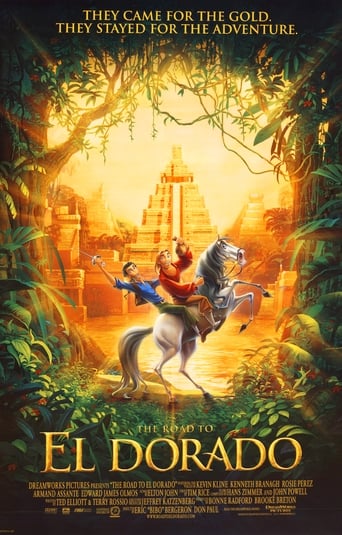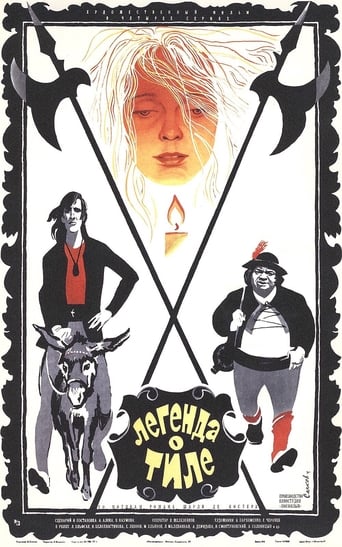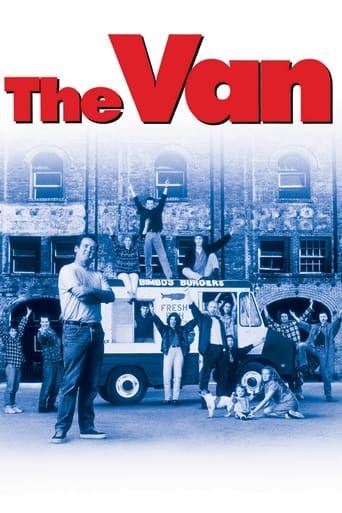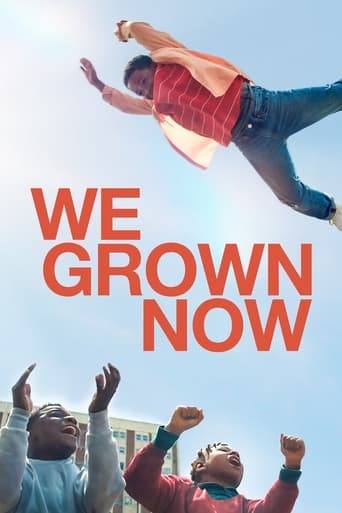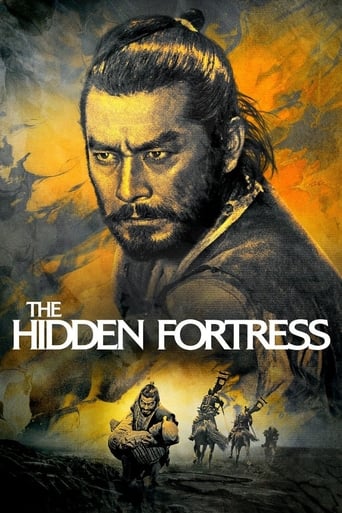
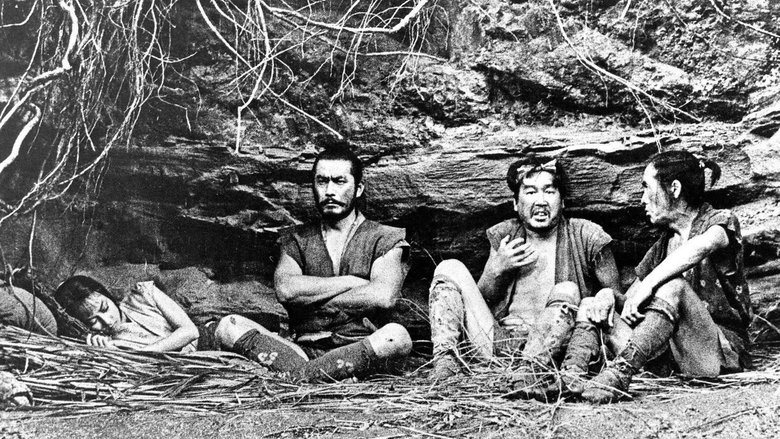
The Hidden Fortress (1958)
In feudal Japan, during a bloody war between clans, two cowardly and greedy peasants, soldiers of a defeated army, stumble upon a mysterious man who guides them to a fortress hidden in the mountains.
Watch Trailer
Cast


Similar titles
Reviews
Like some other reviewers of Hidden Fortress, this was my first experience of an Akira Kurosawa film and unfortunately I was disappointed. There are several reasons for me finally viewing Hidden Fortress. One reason is that I have had several friends recommend this film and the main reason is because it is the inspiration for the Star Wars: A New Hope. I will first focus on why this film was such a disappointment for this reviewer. At first I thought the banter between the characters of Tahei and Matashichi was amusing. That being said, within ten minutes of this banter and their actions I was quickly annoyed by these characters. I kept hoping throughout the film that these two characters would develop into better and less annoying characters. Unfortunately this characters remained one dimensional with only a glimmer of growth at the end. In addition, the Princess Yuki character was just as annoying and whinny(at least during the first half). My second problem with Hidden Fortress is the pacing. The pacing of this film is tedious, aimless, and without a sense of urgency or suspense.I know that the characters of this film have to be cautions, but you would think there would a little urgency in getting the princess over hostile territory. That being said, I believe that Tahei and Matashichi hindered both the mission in the film and the film itself. The good of the film are the characters of General Rokurota and later Princess Yuki. Unlike two characters mentioned in this review, Yuki seems to demonstrate a sense of character development/depth. I would also say that my favorite character is The Old General. I actually cared about his character. Secondly, the direction and cinematography is absolutely gorgeous. And thirdly, the pacing during the second half improved and I felt some sense of suspense. I give the film a 6/10 and or a C+. I do look forward to watching Yojimbo sometime soon.
Set during the Sengoku period (1460s-1600s), Akira Kurosawa's "The Hidden Fortress" stars Minoru Chiaki and Kamatari Fujiwara as Tahei and Matashichi, a pair of squabbling peasants. The duo roam the Japanese countryside, doing their best to avoid bands of marauding soldiers."Hidden's" first act watches as Tahei and Matashichi are manipulated by Rokurota Makabe (Toshiro Mifune), a cunning samurai general. Promising the greedy peasants mountains of gold, he uses them as camouflage in his attempts to transport a princess (Misa Uehara) across enemy lines."What you make of another's kindness is up to you," Kurosawa has character's say. Kindness is something the film's princess learns, as she witnesses first-hand the sacrifices of her bodyguard, General Makabe, and the suffering of the peasants who live outside her castle walls. Kindness is also something General Rokurota must grapple with. He's a rival warrior with whom General Makabe fights an extended battle. During this battle, Makabe's objective is not to kill, but to frustrate, to deflect, to guide his belligerent opponent away from a fixation upon military solutions."The Hidden Fortress" is one of Kurosawa's more playful films. Part comedy, part adventure, part action epic, the film boasts glorious widescreen photography, a jaunty plot, some fine compositional work and the shortest short shorts ever worn by a princess. Aesthetically, the film's the bridge between Eisenstein, Ford and later imitators like Lucas and Leone. Indeed, George Lucas would lift chunks of "Hidden Fortress" for the plot of his "Star Wars", especially Kurosawa's notion of a tough, imperious princess.Though a bit long-winded, a number of Kurosawa's action sequences still pack a punch. One sequence in particular recalls Eisenstein's Odessa Steps sequence in "Battleship Potemkin". Elsewhere Kurosawa stages a sequence in which General Makabe – cool, tough and resourceful - pursues enemy scouts all the way back to their base, a scene which would influence the speeder bike chase in George Lucas' "Return of the Jedi". Lucas would help a financially-strapped Kurosawa get his 1980 film, "The Shadow Warrior", produced. Indeed, Lucas would be indirectly responsible for two of Kurosawa's greatest epics ("The Shadow Warrior" and "Ran"). Every good apprentice lends their master a helping hand.8/10 – See "Throne of Blood" and "Twilight Samurai".
It's been a while since I've watched an older movie, but I recently decided to check out Kurosawa films I haven't seen, and watching this movie is a good reminder that you don't need special effects and flashy cinematographic swoops to make a good movie. The movie itself is interesting and rather unusual in terms of the Kurosawa films I've seen. First off, the main protagonists are a pair of greedy, stupid peasants played primarily for comedic effect. The heroic characters are, in this movie, in supporting roles.It is also unusual in that it has a very strong female character. Kurosawa's movies tend to be very masculine, and this one is as well, but the girl is tough, proud, and noble, and replaces the quiet subservience seen from women in a lot of old Japanese movies with a ferocious appetite for life. I wouldn't say this ranks with Kurosawa's best films, being a little wandering in story and at times slightly puzzling in intent, but it is quite entertaining.
In medieval Japan, two lowly soldiers are trying to make their way back home when by chance they discover some gold hidden in a stick. When they meet a mysterious stranger who claims to know where there is more, their greed begins to cloud their judgement ...If you're not familiar with the works of the great Japanese director Kurosawa, this is a good movie to start with. Thematically it's much lighter than usual, it's pretty much a non-stop adventure story and it has a happy ending. Overall it's just a good romp; there's hidden treasure, a mysterious general, a princess pretending to be a dumb mute, lots of fights, two prison breakouts and plenty of humour and intrigue. It's also a great example of Kurosawa's style - when watching see if you can spot any conventional TV/Hollywood full-face closeups, because I can't. Instead, almost every scene is shot with long lenses to emphasise backgrounds and the actors are carefully placed and moved within the frame. It's a brilliantly different way to tell stories which results in much more of a visual sweep and reduces the need to cut, and influenced many key directors, particularly Kubrick and Coppola. If possible, try to see the British Film Institute DVD release of this, which is in the original Tohoscope 2.55:1 ratio, and looks stunning, such as in the duel with the lances, or Kurosawa's fondness for scenes featuring mist, wind or rain. The story is good fun throughout, with plenty of surprises, comic interludes and a satisfying conclusion. All the cast get into the spirit of it, with Mifune giving perhaps his most relaxed, laid-back performance of the sixteen films he made with the great director. Trivia - many have noted similarities between this film and Star Wars. It can be read as Tahei and Matashichi are C-3PO and R2-D2 (two grumpy bickering friends whom the action largely passes by), Makabe is Obi-Wan Kenobi (a faithful old retainer trying to save his dynasty), Tadokoro is Darth Vader (a scar-faced villain and Makabe's nemesis) and the Princess is, er, the Princess. George Lucas notes that perhaps the key influence is in the method of telling the story from an unconventional point of view, but the connections are all fun to debate. A great rollicking adventure flick. English title - The Hidden Fortress.


